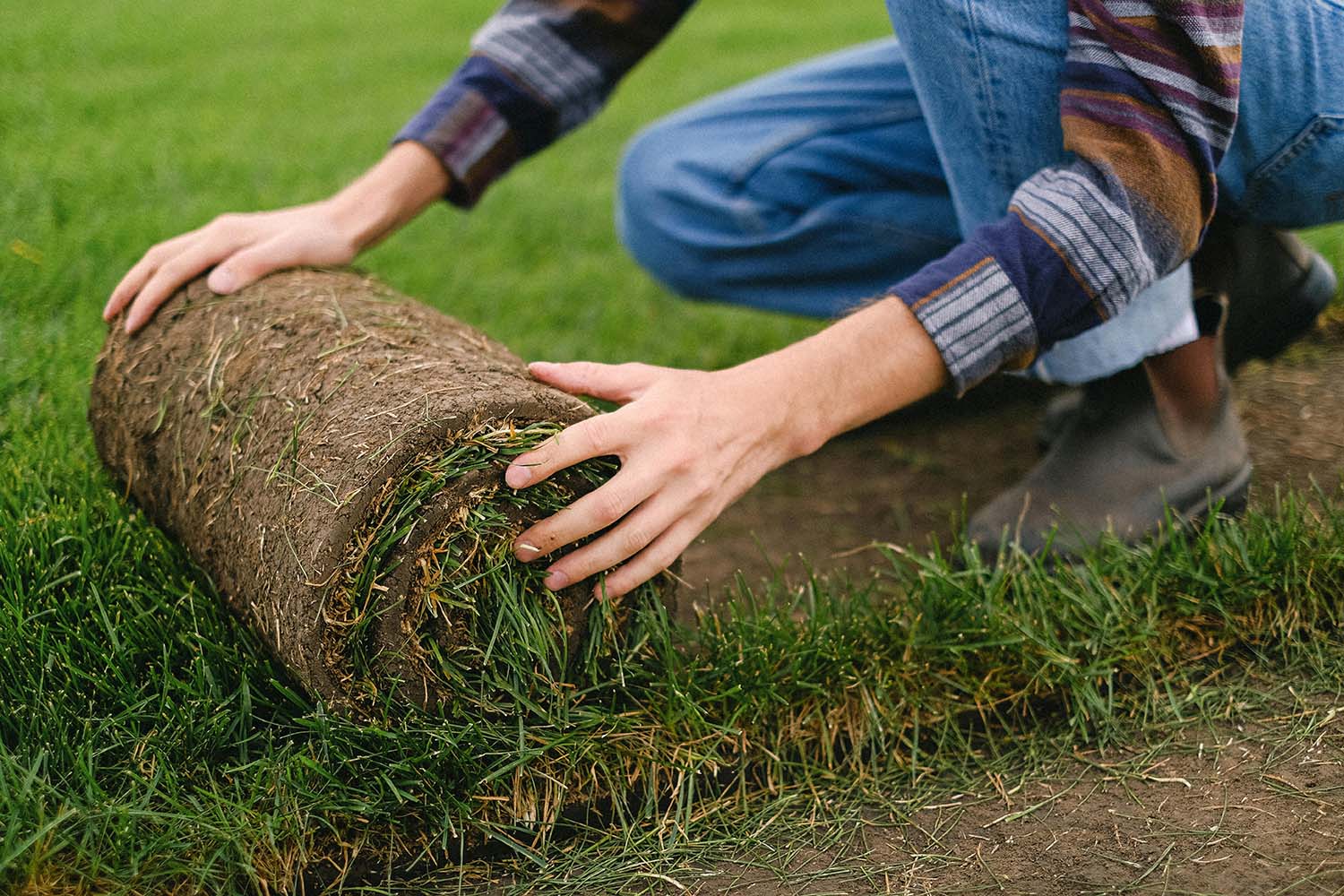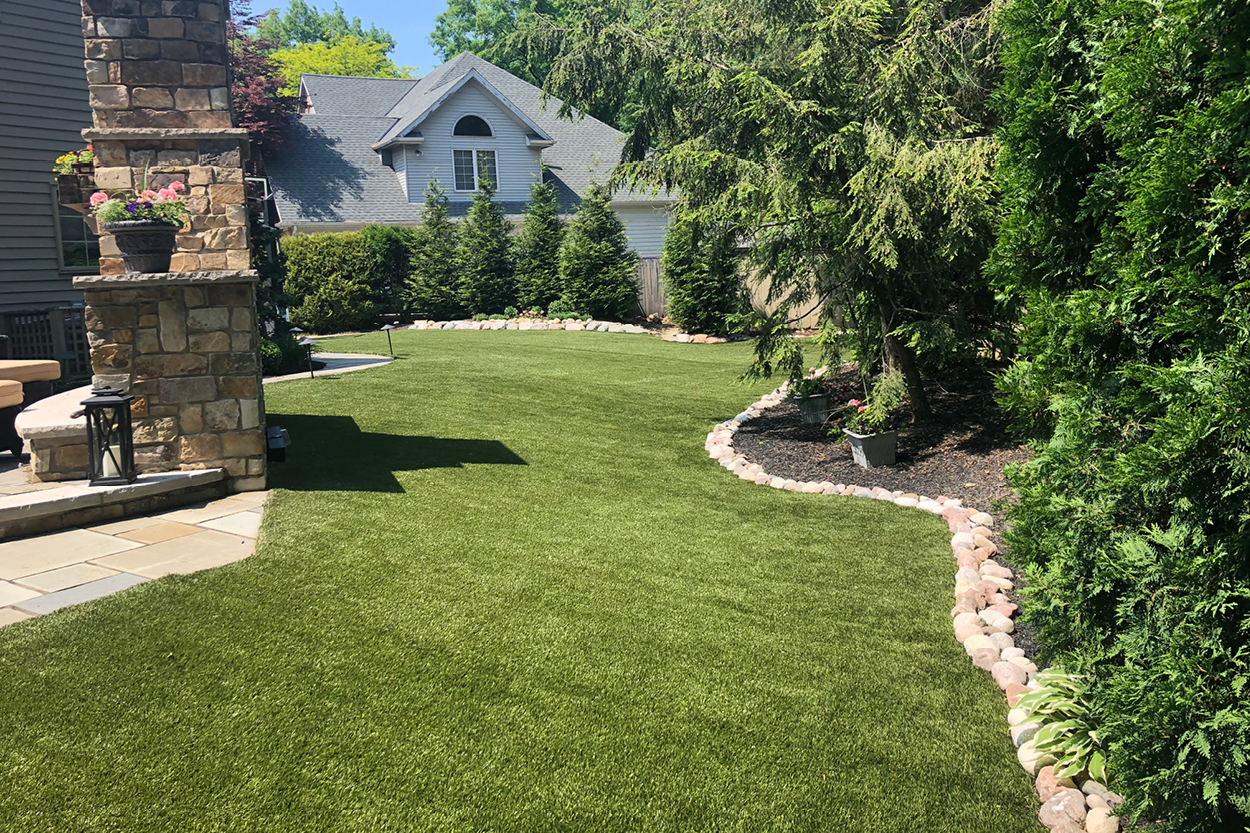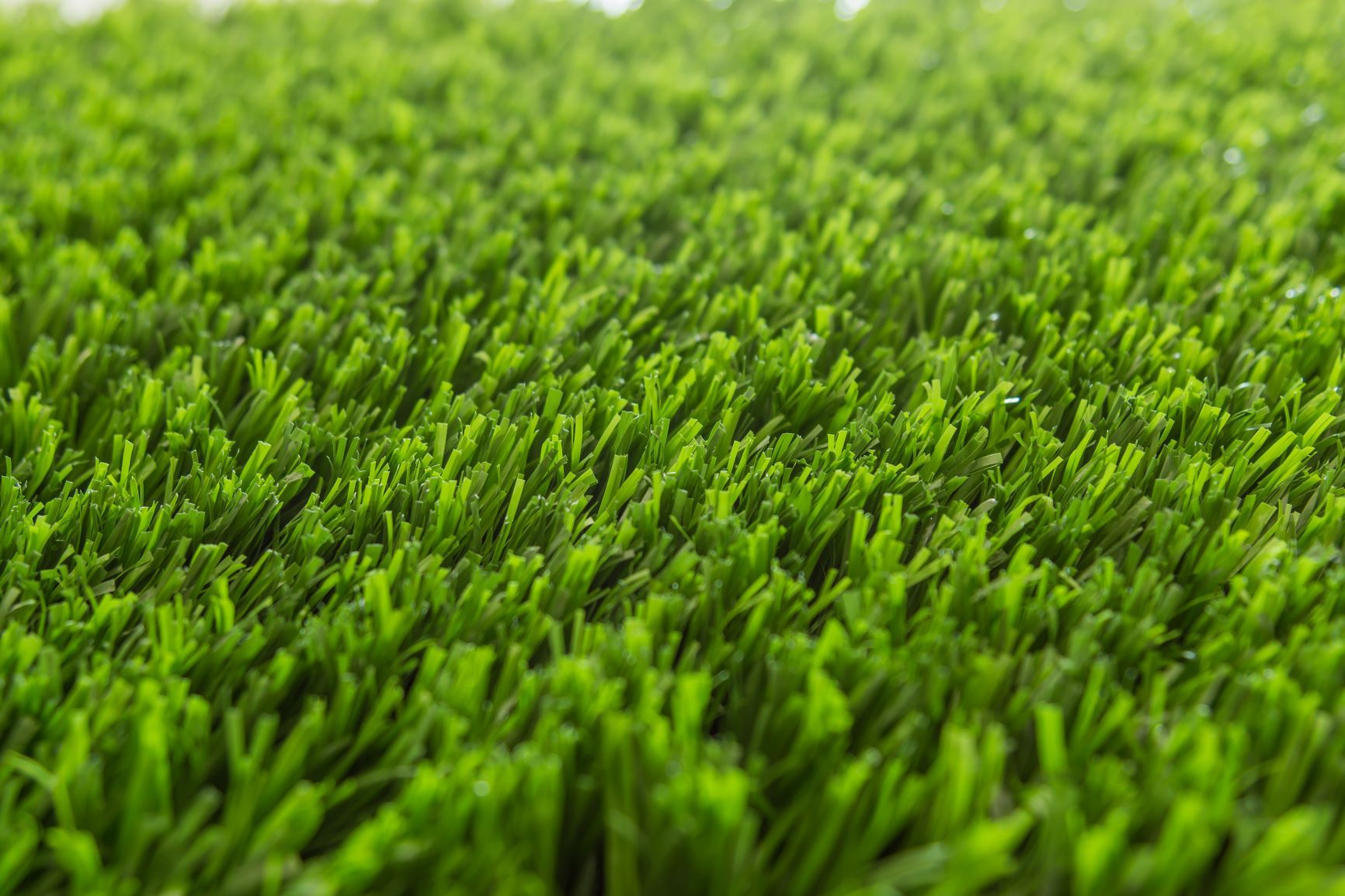Look Into the Environmental Advantages of Opting for Synthetic Grass Solutions
The adoption of synthetic grass remedies presents a compelling chance to attend to pushing environmental obstacles. By substantially decreasing water use and lessening the application of damaging chemicals, these options not only advertise lasting landscaping yet also safeguard regional environments. Furthermore, the lower carbon footprint connected with lowered upkeep tasks adds to a much more sustainable approach to land administration. Nevertheless, the implications of these advantages expand past plain conservation efforts, questioning concerning their lasting effect on environment conservation and overall environmental equilibrium. Checking out these measurements reveals an intricate interplay worth taking into consideration.
Water Conservation Perks
Among one of the most substantial advantages of synthetic grass is its capability to save water. Conventional lawn yards need considerable irrigation, especially in locations vulnerable to dry spell or water constraints. On the other hand, man-made grass does not require watering, dramatically minimizing the total demand for water resources. This feature is particularly useful in arid regions where water deficiency is a pushing issue.
By eliminating the requirement for normal watering, synthetic lawn contributes to sustainable landscape techniques and helps alleviate the ecological effect of too much water consumption. The preservation of water extends to the reduction of runoff, which can lead to soil erosion and waterway contamination.
Furthermore, the installment of synthetic grass permits home owners and municipalities to assign water resources a lot more successfully, concentrating on essential uses such as drinking water and agriculture. The shift in the direction of artificial turf not only advertises liable water use yet likewise lines up with wider environmental goals aimed at preserving natural deposits.
As areas significantly prioritize sustainability, the water conservation benefits of synthetic grass offer an engaging situation for its adoption in industrial and domestic landscaping tasks.
Lowered Chemical Usage
The transition to artificial lawn dramatically reduces the reliance on chemical therapies frequently utilized in natural lawn maintenance. Traditional grass monitoring normally includes the application of plant foods, pesticides, and herbicides to advertise growth and control pests. These chemicals can posture dangers to human wellness, regional wild animals, and the atmosphere, adding to soil and water contamination.
In contrast, man-made turf eliminates the requirement for these harmful compounds. By decreasing the launch of artificial compounds into the community, artificial lawn advertises healthier dirt and water systems.
Moreover, the absence of chemical overflow related to synthetic lawn installations aids secure local waterways from contamination, sustaining water life and keeping biodiversity. Artificial turf companies phoenix. As communities progressively focus on sustainable methods, choosing for synthetic grass provides a practical service that aligns with environmental preservation objectives. With this shift, building proprietors can take pleasure in rich green spaces without endangering eco-friendly wellness, leading the way for a much more sustainable future
Reduced Carbon Impact

Additionally, the setup of synthetic grass can cause substantial water conservation. All-natural grass require significant quantities of water for watering, which not just includes to the carbon footprint connected with water removal and therapy but likewise pressures local water resources. On the other hand, synthetic lawn needs very little maintenance, needing no watering, therefore considerably decreasing water use and its linked power costs.
Additionally, the long life of synthetic grass adds to its decreased carbon impact. With a life expectancy of as much as 15 years or more, the requirement for frequent substitutes is lessened, causing much less waste and lower energy consumption in manufacturing and getting rid of standard lawn choices. Generally, fabricated lawn offers a lasting choice for ecologically conscious landscaping.
Environment Preservation
Habitat preservation is a critical factor to consider in the discussion over landscape design options, particularly when comparing synthetic turf to natural grass. Natural turf lawns typically need comprehensive upkeep, consisting of using herbicides, plant foods, and pesticides, which can negatively impact neighborhood ecological communities. These chemicals can leach into the dirt and waterways, damaging indigenous plants and fauna and interfering with local environments.
On the other hand, synthetic grass presents a possibility to decrease the eco-friendly impact of landscaping. By deciding for artificial turf, property owners can reduce the interruption of natural habitats linked with conventional grass care methods. Artificial grass removes the need for dangerous chemicals, thus securing neighboring wildlife and preserving the stability of surrounding ecological communities. The installation of man-made lawn can lead to the conversion of previous yard locations right into even more biodiverse landscapes, such as pollinator yards or indigenous plant locations, which can support local wildlife.
Ultimately, the transition to synthetic grass not just preserves water and minimizes maintenance efforts but also cultivates an extra unified connection between human activities and this post the native environment, advertising environment preservation in the process.
Long-Term Sustainability
Lasting sustainability is a crucial consider examining the advantages of synthetic grass over conventional grass yards. One of the most considerable benefits of synthetic grass is its sturdiness; it can last up to 15-20 years with very little maintenance, whereas all-natural grass calls for regular reseeding and substitute. This durability reduces the demand for constant sources, such as water, fertilizers, and chemicals, which are vital for maintaining a healthy yard lawn.
In addition, synthetic grass adds to a decrease in carbon emissions connected with lawn treatment devices. Conventional grass commonly require gas-powered lawn mowers, leaners, and blowers, all of which add to air pollution. Turf installation phoenix az. In comparison, artificial grass removes the need for such devices, advertising a cleaner environment
Furthermore, the manufacturing of synthetic grass significantly utilizes recycled products, boosting its sustainability account. As producers take on green practices, the ecological impact of man-made turf remains to reduce.

Final Thought
The fostering of fabricated lawn solutions presents significant environmental advantages, including substantial water conservation, decreased reliance on dangerous chemicals, and a lower carbon impact. Artificial lawn help in protecting natural habitats by decreasing land disruption and promoting long-term sustainability via the usage of long lasting products. Collectively, these factors emphasize the possibility of synthetic grass to useful site add positively to environmental health and wellness and offer a practical option to traditional landscape design techniques in a progressively resource-conscious globe.
In comparison, artificial grass does not require watering, considerably reducing the general need for water resources. By decreasing the release of synthetic compounds right into the ecological community, artificial grass promotes much healthier dirt and water systems.
Moreover, the installment of synthetic lawn can result in significant water preservation. In comparison, man-made turf requires marginal upkeep, needing no watering, thereby dramatically reducing water use and its associated power prices.
